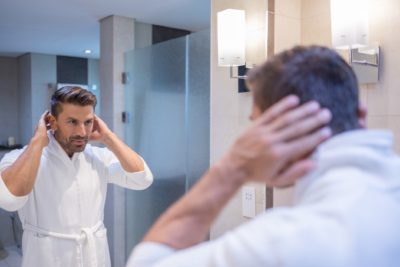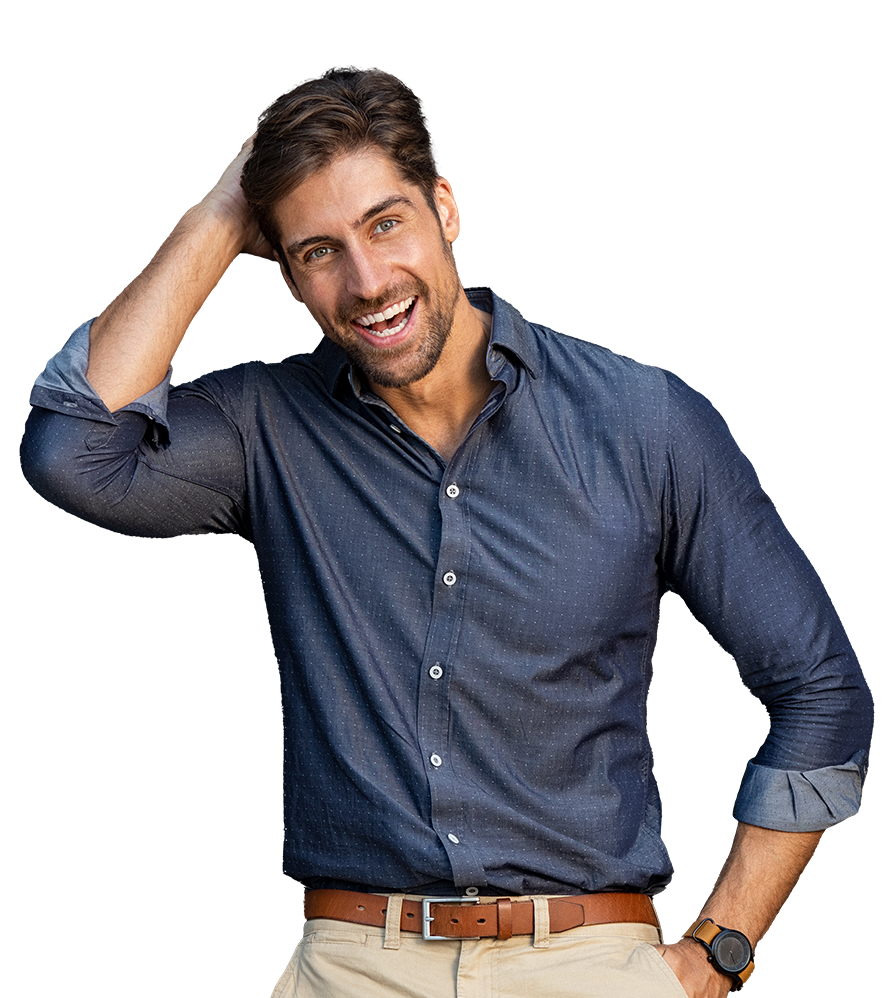Hair loss can occur for a variety of reasons, heredity being the most common among adults. Yet men and women alike can experience hair thinning and loss from a lack of nutrients that are essential to hair health, like iron.
among adults. Yet men and women alike can experience hair thinning and loss from a lack of nutrients that are essential to hair health, like iron.
Today we explore the connection between iron and hair and share prevention and treatment options.
Iron Deficiency Hair Loss
Without an adequate amount of iron, the body is hindered in its ability to produce hemoglobin in the blood. Hemoglobin is what carries oxygen to repair and grow cells such as those that stimulate hair growth. Hair loss caused by iron deficiency can look like traditional pattern baldness – a noticeable increase in the number of hairs left on a brush or on the shower floor. In fact, unless a patient is medically diagnosed with an iron deficiency, they may chalk it up to just another sign of aging. In more severe cases, individuals may notice bald spots on the scalp.
Treatment
Here’s the good news – if properly addressed, most iron deficiency related hair loss is not permanent. If you’re experiencing hair loss, speak with our primary healthcare professional. Your doctor will most likely order blood work to check your iron levels, among other potentially contributing factors. If results show low iron levels, an iron supplement may be recommended. In more severe cases, iron infusions may be ordered to treat iron deficiency anemia.
Prevention
Once the underlying cause has been established and treated, there are other steps you can take to prevent future hair loss, including:
- Eat a balanced diet with iron-rich foods like lean protein, peas, spinach, dried fruit, and more. Choose packed foods like cereals that are labeled as “iron fortified.”
- Add more oranges, melons, strawberries, tomatoes, and other foods high in vitamin C to your diet. Vitamin C helps your body absorb iron more efficiently.
- Avoid chemical hair care products and treatments. If you must use chemicals on your hair, do so under the guidance of a trained professional.
- Limit use of heat styling equipment. When you do use them, apply a heat protectant to your hair.
- Be gentile with your hair. Avoid aggressive brushing or combing, tight hair styles that pull on hair, and over-washing.
Regrowth
It is estimated that people spend over $3.5 billion on products that claim to regrow hair. Unfortunately, most such products offer nothing more than false hope. If you do choose to invest in a regrowth product, choose those recommended by trained medical professionals and the U.S. Food and Drug Administration. For those experiencing permanent hair loss, hair transplant and restoration surgery offers a permanent, natural-looking solution.
If your hair loss is past the point where increasing your iron intake can help, contact DiStefano Hair Restoration today to schedule a free consultation. We’re here to help you look your best and feel better about yourself – and we have hundreds of satisfied patients will attest our high rate of success.


